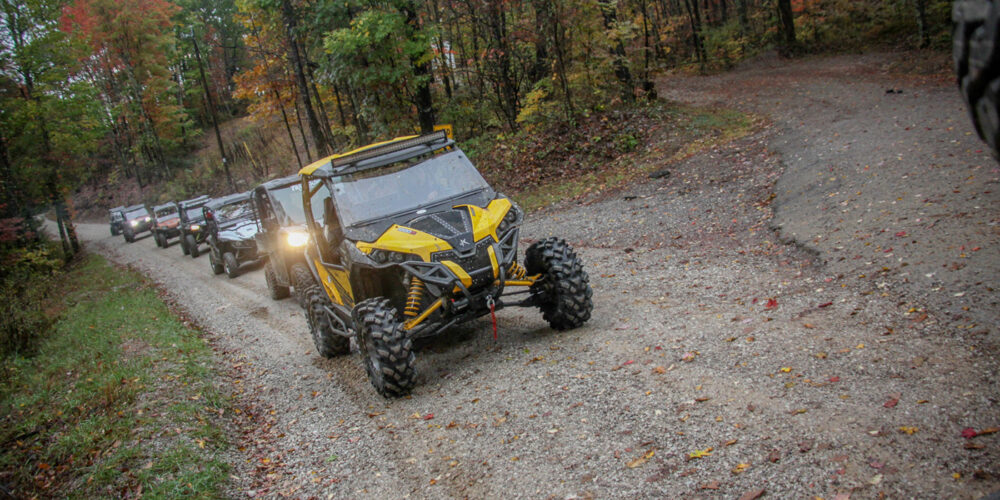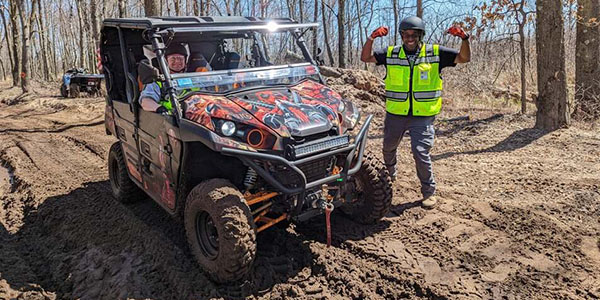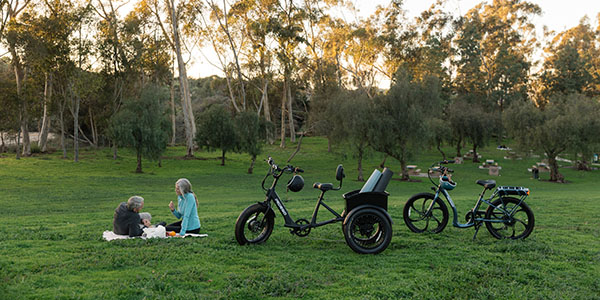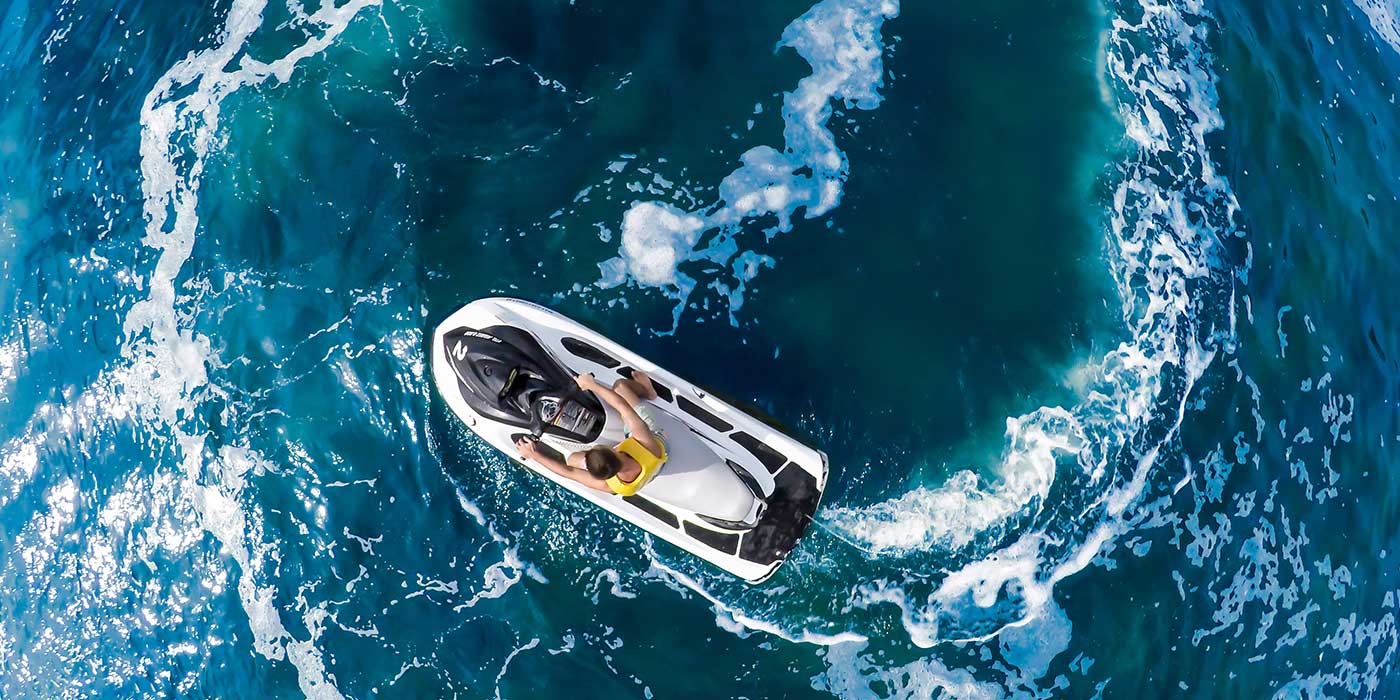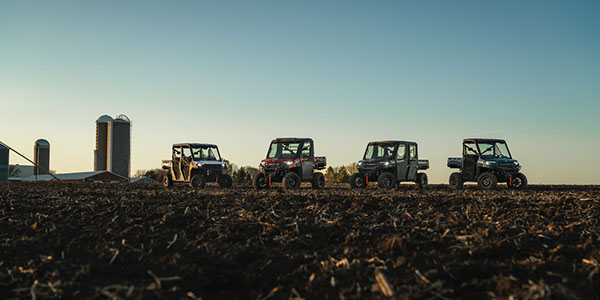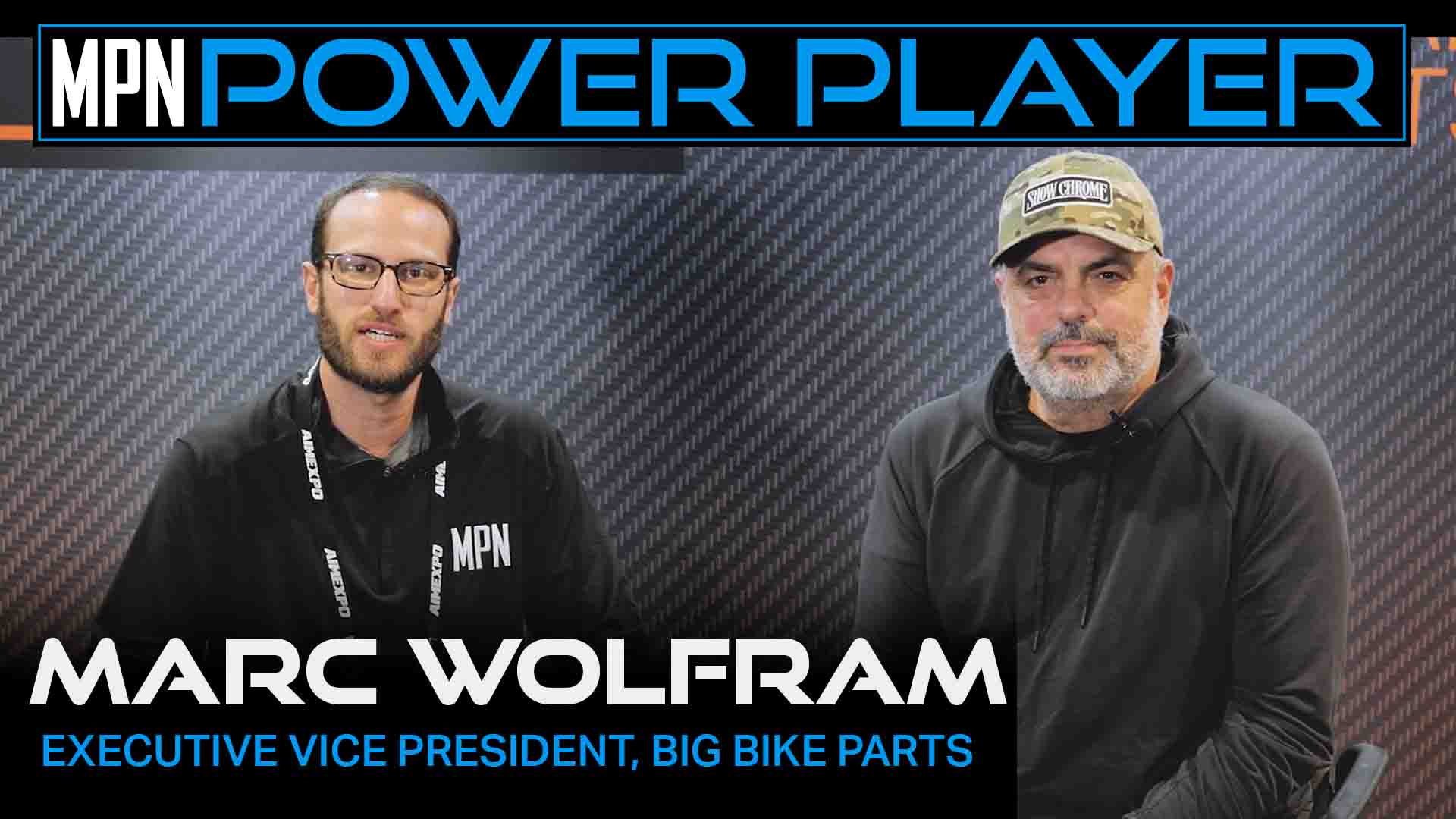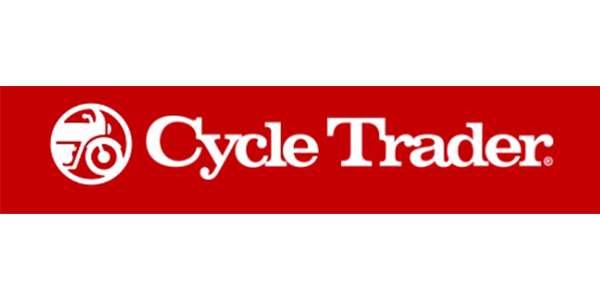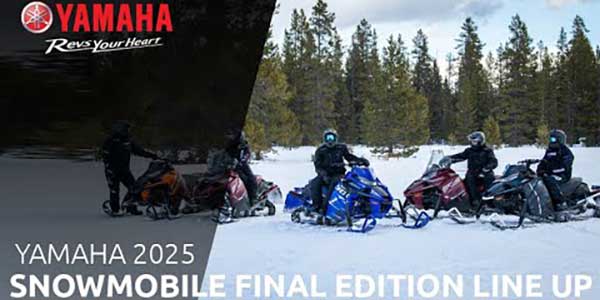Off-road sales skyrocketed during the pandemic. Side-by-side vehicles (SSV) were especially appealing, since the four- and six-seater kinds in particular offer enough space for a whole family to enjoy at once. With an air of desperation, people sought ways to get out of the house, but still have fun in a socially distant manner. Whatever dealers had in their already limited stock, customers would be willing to buy just to get their hands on a vehicle in a time of supply chain uncertainty.
Related: UTVs Are a Trend That’s Here to Stay
Now, the pandemic is over, and fewer people are swinging open the door to buy whatever is on the showroom floor. In fact, after the massive influx of new riders and customers that the industry gained during that time, we should be looking to retain those people and make them feel more at home in the industry. Now might be the time to help them upgrade to the right machines for their needs.
To do that, salespeople need to relearn how to sell these vehicles — along with the proper trim sizes and accessory packages to go along with them. In this two-part series, we’ll look at how to sell SSVs by profiling the customers that use them.
Back to Basics
The way to sell a powersports vehicle has always been to get “butts in seats.” While demo and test rides are still a critical part of selling, today they’re not enough, according to Colin Miller, assistant manager of Honda Powersports public relations. “In the market currently, many of the units are presold, so having staff knowledgeable about the product features is key. This, along with understanding the customers’ needs, will help determine the best product for the customer.”
Many people in the industry use the term UTV — or utility task vehicle — and side-by-side interchangeably when referencing any four-wheeled powersports vehicle with a cab system. But, it’s important for salespeople to understand the difference between a true “utility” vehicle and a “sport” side-by-side, as that distinction lays the foundation for the purchasing process.
“Utility customers are looking for reliability, value and ease of use,” Miller says. “Sport customers are looking for reliability, fun and comfort.” Those are some broad characterizations, so let’s delve into each type of vehicle and customer a bit more.
Utility
Your average UTV customer might be a farmer, construction worker, retail store manager or even a hunter. They are looking for a vehicle that can handle a specific workload, whether that’s carting materials around, towing or even plowing snow (with the right attachment). For this reason, the construction of a UTV differs from a sport SSV in two major ways: beds and hitches.
“Many utility side-by-sides have a receiver hitch within the frame of the vehicle,” explains Tomi Lutz, four-wheel product manager for Kawasaki. “Whereas with sport side-by-sides, some of them will not have that at all because they are intended for pure sport use. Engine characteristics also plays into differentiating the two; with a utility side-by-side you want a powerful and torquey engine, whereas [for a] sport side-by-side, you’re looking for more of just pure horsepower and speed.”
In addition, Gabriel Cruz, marketing director for Segway Powersports, notes that UTV customers are going to be focused on such aspects as the towing capacity, bed capacity, dump bed capabilities, winch readiness, adjustable steering wheel and seat comfortability. (After all, just because it’s primarily a workhorse doesn’t mean it can’t be used for fun as well.) Some UTVs even have tailgates like a pickup truck, which are an attractive option for utility and recreational use alike.
Finally, don’t forget about colorways. Hunters, for instance, may want a camo wrap, while retailers may look for paint colors to match their brands. Customers will know exactly what they need their vehicles to do. Your job is to point out which models can tackle those tasks.
Sport
A sport customer may be in this purchase for the fun, but they will be no less picky about the vehicle’s specs. However, this type of rider will be looking more at the performance handling of a machine, especially over certain terrains. This is where knowing your local geography and trails is going to help. After all, tearing across sandy deserts and beaches will feel a lot different from crawling up rocky mountain sides.
“The sport SxS profile will be more unique to the customer’s particular territory, as terrain will vary throughout the country and will play a factor in unit performance,” Cruz says. “Another thing to consider is local trail widths. Specifications that will play a part in a customer’s selection will include width, horsepower, ground clearance, suspension capabilities, and person capacity, as there is a large appetite in the segment for four-person crew models.”
While the majority of these customers will be using these vehicles for light recreation, don’t forget there are racers as well who will have even more stringent demands. In this instance, weight and horsepower will be critical.
Of course, no matter the model — utility or sport — what you sell is going to depend on what region of the country you’re in and whether you’re a rural or urban dealer. In fact, your demographics should lead you to ask another important question nowadays: gas or electric?
The answer may not be as simple as knowing if a customer is a city/country-dweller or simply eco-conscious. Again, the customer’s price range and intended use are going to play a role here, since electric vehicles are typically more expensive than their gas-powered counterparts and have less range on a full charge than a comparable full tank of gas. However, consider how quiet electric vehicles are. This feature could be a huge boon for hunters who want to disturb wildlife as little as possible, or even people who live in leisurely “golf-cart communities.”
If your staff is feeling overwhelmed by having to keep track of so many models, don’t fret. Original equipment manufacturers (OEMs) offer field staff, online training material and the product information on their websites, which are the best resources you can use to learn about these vehicles. A trained staff means a better experience for your customers and can be the difference between a basic sale and an upgraded one.
On that note, next week we’ll take a look at how to upsell SSV purchases through different trim levels and accessories.

